The NAIS Annual Conference – #naisac15 – is coming right up. This year schools were invited to contribute to an interactive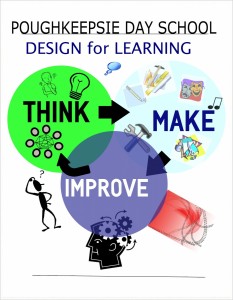 Makerspace where attendees can explore aspects of this new movement in education.
Makerspace where attendees can explore aspects of this new movement in education.
Chris Bigenho has been organizing the online NAIS community for the past several years – thank-you Chris @bigenhoc – and this year he is assembling what he hopes will be the start of a larger project- a Gallery of Independent School Maker Spaces. This gallery will have a static presence at the conference as well as an online presence for those not able to attend. The purpose is to be a resource for schools for Making and Makerspaces.
Here is Poughkeepsie Day School’s online contribution. And here’s the whole gallery.
So – what’s with all the maker stuff anyway?
21st century skills it seems have a great deal in common with 17th and 18th century skills in that craft and practical application matter again. There’s been a signal switch in the kinds of skill-sets people need.
 Creativity, design and engineering have risen to the forefront of thinking in schools. Woodshop and workshop are back rebranded as makerspaces and tinkering. Practical work and creative problem solving are back rebranded as design thinking and engineering. Fab Labs, Creativity Zones and iStudios are everywhere. New tools such as 3D printers and 3D modeling web-based applications are becoming school commonplaces. Classrooms are being redesigned and computer labs re-purposed. Learners are no longer to be confined to chairs lines in rows to write down the information to pass the test.
Creativity, design and engineering have risen to the forefront of thinking in schools. Woodshop and workshop are back rebranded as makerspaces and tinkering. Practical work and creative problem solving are back rebranded as design thinking and engineering. Fab Labs, Creativity Zones and iStudios are everywhere. New tools such as 3D printers and 3D modeling web-based applications are becoming school commonplaces. Classrooms are being redesigned and computer labs re-purposed. Learners are no longer to be confined to chairs lines in rows to write down the information to pass the test.
The maker movement as expressed in schools is a direct challenge to the skill and drill of abstract memorization and the a test-obsessed culture.
Making is the ideal complement to the life of the mind
Makerspaces provide the tools and the problem-based and iterative approach to learning that break from the academic model of the traditional classroom. Creativity, experimentation and trial and error are back. The sense of apprenticeship – co-operative exchange of ideas that cross age boundaries has returned. It’s an era of “make it happen” – with the tools to take an idea and turn it into reality. It makes possible a minds-on, hand-on, make-something education focussed on problem seeking and solution finding.
Why now?
A confluence of forces is driving this sea-change. It’s finally sinking in that schools can no longer be in the information transfer business. Also lending traction is the idea of a more sustainable and more eco-friendly future. An ethos of home-grown, make-do-and-mend finds aesthetic, practical and moral merit in the mantras of reduce, recycle, hack, invent, and upcycle.
Behind the Maker movement is a loosely affiliated DIY community of artists, artisans, hackers, tech enthusiasts, engineers and everyone else who likes to tinker, tailor, solder, sew.
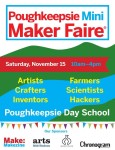
The first Maker Faire was in 2006. It is now a global phenomenon.
The first mid-Hudson Maker Faire was the Poughkeepsie Mini Maker Faire last year. It had everything from pottery to poetry; new tech to knitting; and aircraft to canning. See: From 3-D Printing to Cupcakes. The second will be Saturday November 14 2015.
Poughkeepsie Mini Maker Faire 2014 – quick snapshot glimpses:
But it’s not just K-12 schools that are aligning with the Maker movement. It’s also on its way to college in the next 2-3 years . This according to the NMC Horizon Report > 2015 Higher Education Edition – a collaborative effort between the NMC and the EDUCAUSE Learning Initiative (ELI). It’s an ongoing research project designed to identify and describe emerging technologies likely to have an impact on learning, teaching, and creative inquiry in education. This is their 12th annual report.
Trends, Challenges and Technologies for Higher Ed
This chart outlines the areas of inquiry identified by degree of challenge (solvable, difficult and wicked) and time (near, mid and far term). Makerspaces are predicted for the mid term (2-3 years).
Short term (1-2 years):
- Increasing use of blended learning
- Redesigning learning spaces
Mid-term (3-4 years):
- Growing focus on measuring learning
- Proliferation of Open Educational Resources (OER)
Long-term (5+ years):
- Advancing cultures of change and innovation
- Increasing cross-institution collaboration
Challenges – the Solvable, the Difficult and the Wicked
It’s when we get to the Challenges that things begin to get really interesting. The report identifies blending formal and informal learning and improving digital literacy as solvable and yes, we do know how to do those things. The resources and guidance and experience are available.
Difficult challenges are ones we understand but are elusive to solve. For example: Complex Thinking and Communication in an increasingly interconnected and networked world of big data and complex systems. How do institutions respond, make choices and teach decision-making in such a warp speed environment?
Integrating Personalized Learning is another difficult challenge. One size never did fit all. Customizing learning (that actually is learning and not merely delivery) to accommodate and facilitate the diversity of learners that goes beyond rather crude technologies is a tougher nut to crack.
And then there’s the Wicked
Wicked Challenges
One is: New Models of Education New that are “bringing unprecedented competition to the traditional models of education. Across the board, institutions are looking for ways to provide a high quality of service and more learning opportunities.”
This has to be more than MOOC’s. Part of the challenge will be from the very abundance of information and access to information and to ways of learning. With that infinite variety learners with the drive to do so can craft their own learning pathways and demonstrate their capacities in diverse, measurable and practical ways. Akin to BYOD it is now possible to CYOE (craft your own education). The teaching profession of the future may be as tutors, guides and facilitators to that learning – something we’ve given lip-service to for years.
And the second is: Relative Lack of Rewards for Teaching. “Teaching is often rated lower than research in academia. In the global education marketplace, a university’s status is largely determined on the quantity and quality of its research…. There is an overarching sense in the academic world that research credentials are a more valuable asset than talent and skill as an instructor. Because of this way of thinking, efforts to implement effective pedagogies are lacking. Adjunct professors and students feel the brunt of this challenge, as teaching-only contracts are underrated and underpaid, and learners must accept the outdated teaching styles of the university’s primary researchers. To balance competing priorities, larger universities are experimenting with alternating heavy and light teaching loads throughout the school year, and hiring more adjunct professors.”
Acknowledging and compensating the skills of teaching – now there’s a challenge to reckon with!
We all know what goes wrong with predictions but these seem sound enough. Time will tell!
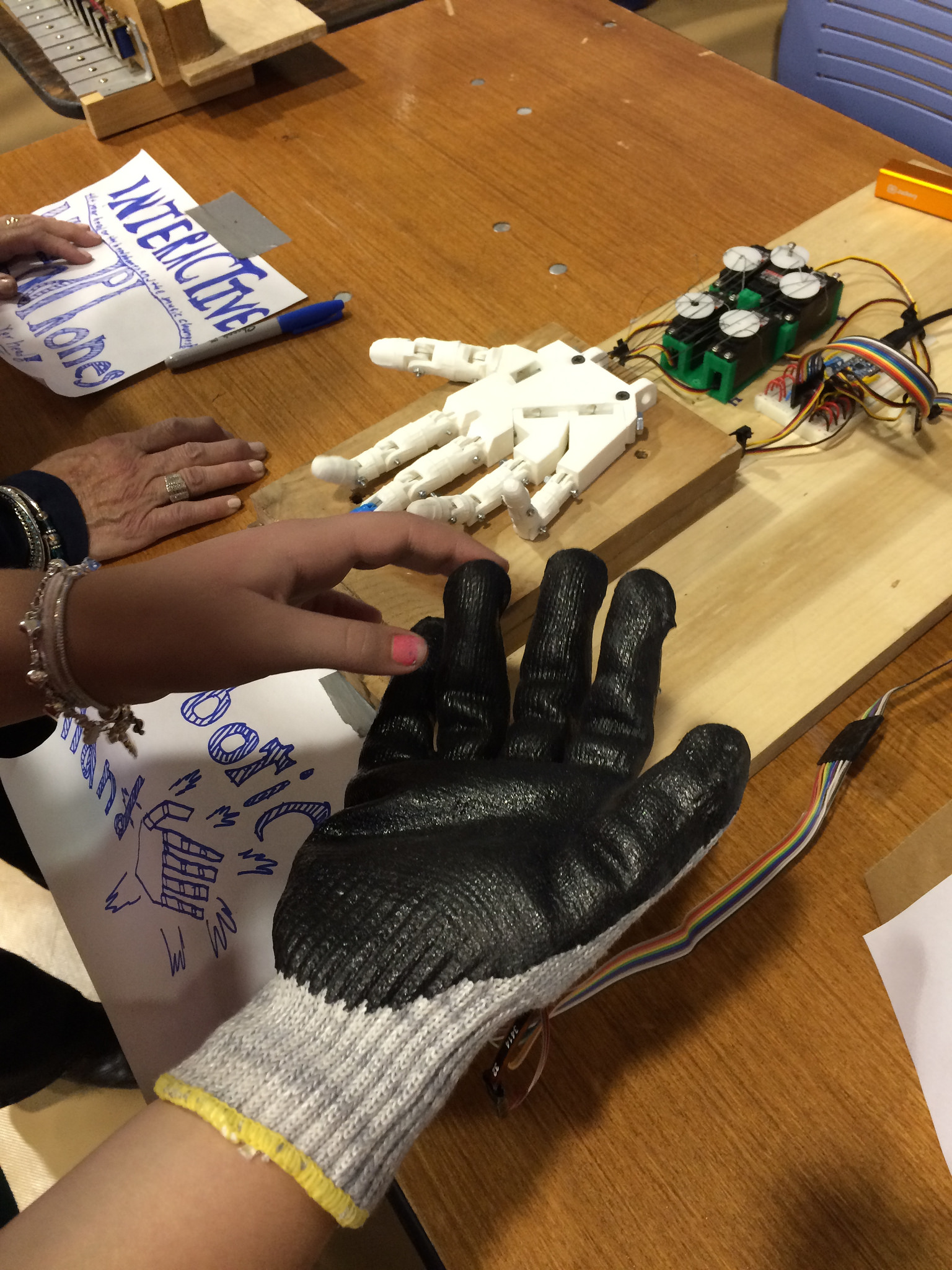
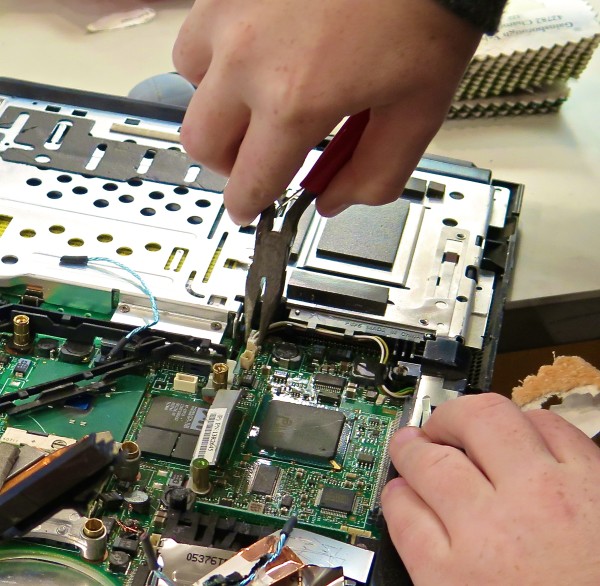
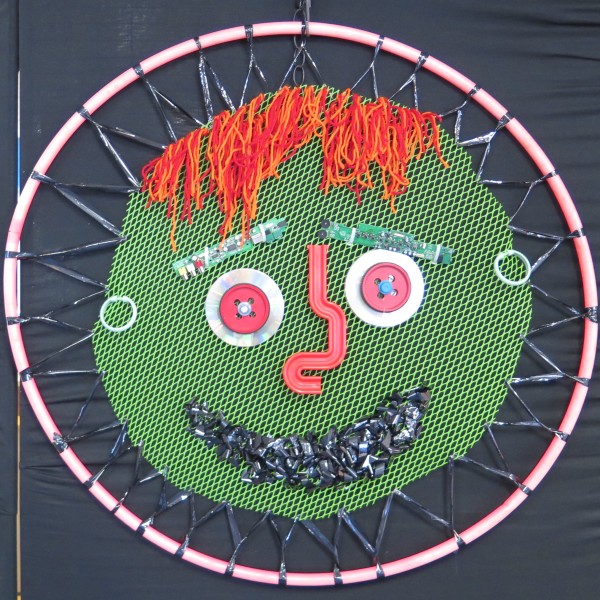
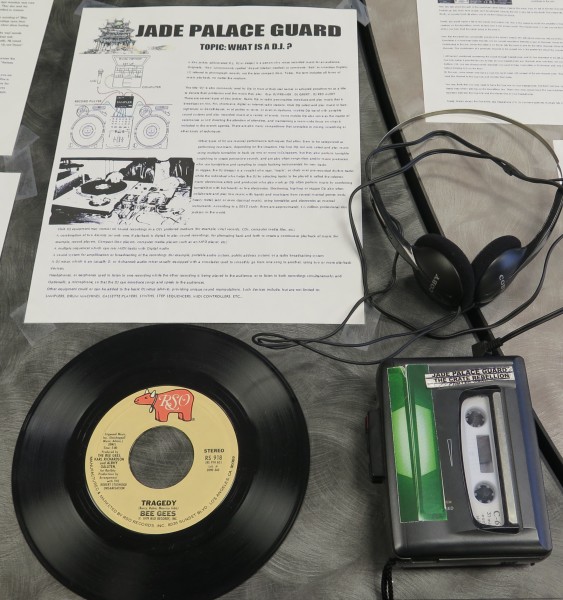
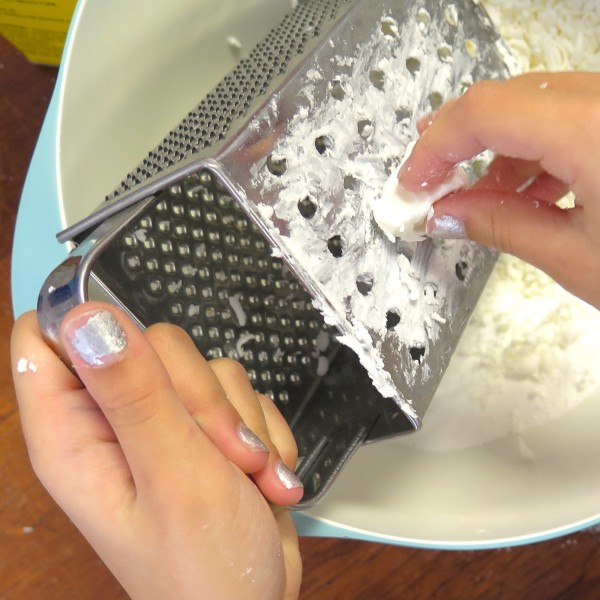
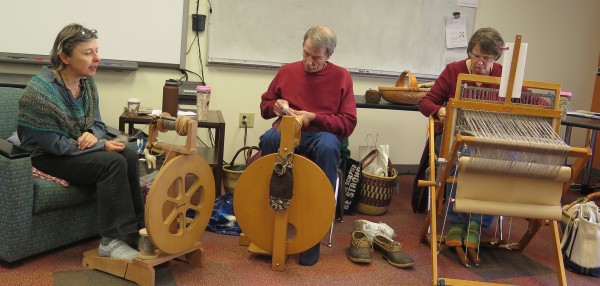
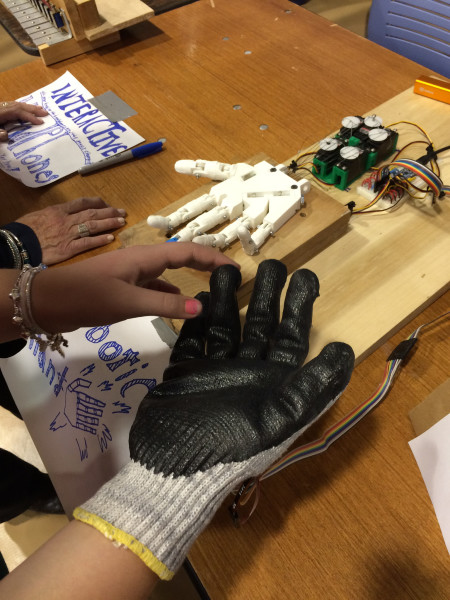
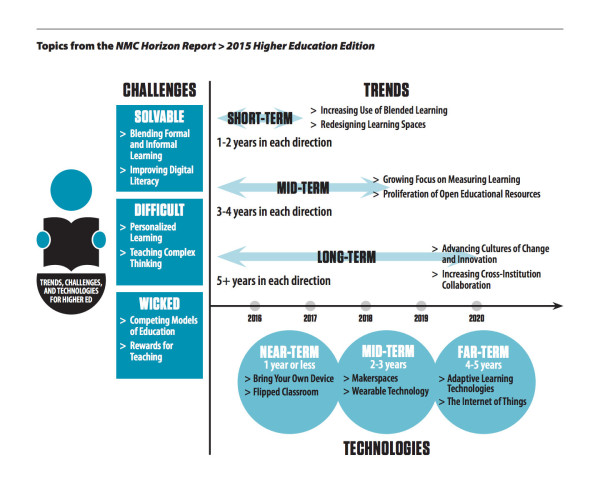


3 thoughts on “Making is on its way to College”